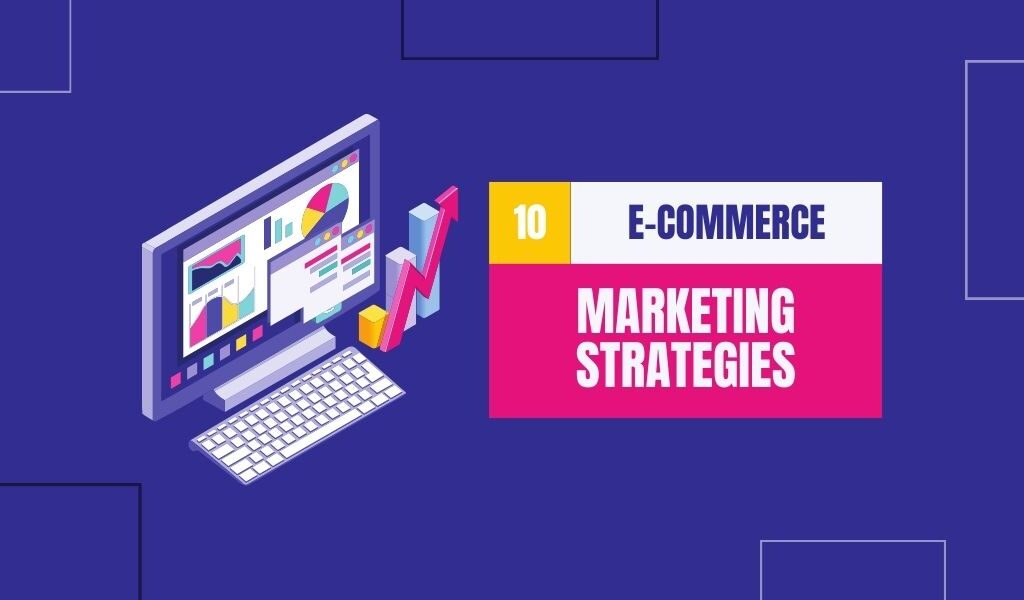
In the ever-evolving landscape of the internet, having a strong online presence is crucial for businesses and individuals alike. Whether you’re an e-commerce site, a personal blog, or a local business, your website’s search engine ranking plays a pivotal role in determining your online success. This is where Search Engine Optimization (SEO) comes into play. By implementing effective SEO strategies, you can significantly improve your website’s visibility in search engine results, driving more organic traffic, and ultimately, achieving your online goals.
In this comprehensive guide, we will explore ten proven strategies to boost your website’s SEO ranking.
- Keyword Research and Optimization
Keyword research is the foundation of effective SEO. It involves identifying the search terms and phrases that your target audience is using. Once you’ve compiled a list of relevant keywords, strategically integrate them into your website’s content, including titles, headers, meta descriptions, and body text. Ensure that your content remains natural and informative, rather than overloading it with keywords. Tools like Google Keyword Planner and SEMrush can help you identify the most valuable keywords for your niche.
- High-Quality Content
Creating high-quality, valuable, and engaging content is not just a suggestion but a necessity. Search engines favor websites that consistently produce fresh, informative, and relevant content. Aim to address the needs and questions of your target audience through blog posts, articles, videos, and infographics. Don’t forget to optimize your content for readability and mobile devices, as these factors also impact SEO.
- On-Page SEO
On-page SEO involves optimizing individual web pages for search engines. This includes optimizing title tags, meta descriptions, header tags, and URL structure. Ensure that your content is well-organized, with a clear hierarchy of headings and subheadings. Properly formatting your content not only helps search engines understand your content but also makes it more accessible and user-friendly.
- Mobile Optimization
With a growing number of users accessing websites from mobile devices, mobile optimization has become a critical ranking factor. Ensure that your website is responsive and provides a seamless experience on smartphones and tablets. Google, in particular, uses mobile-first indexing, meaning it primarily uses the mobile version of your site for ranking and indexing.
- Page Speed and Loading Time
Page speed significantly impacts both user experience and search engine ranking. A slow website can result in high bounce rates and reduced search visibility. Use tools like Google’s PageSpeed Insights or GTmetrix to analyze your site’s performance and follow their recommendations to optimize loading times. Compress images, enable browser caching, and leverage Content Delivery Networks (CDNs) to improve your site’s speed.
- Backlinks and Link Building
Backlinks are incoming links from other websites to your site. Quality backlinks from reputable sources are a strong signal to search engines that your content is valuable and trustworthy. Implement a link-building strategy to earn or create backlinks. Guest posting, outreach to industry influencers, and creating shareable content are effective methods to build backlinks.
- Local SEO
For businesses targeting a local audience, optimizing for local search is crucial. Ensure that your business is listed in online directories, claim your Google My Business listing, and encourage customers to leave reviews. Consistent NAP (Name, Address, Phone Number) information across the web is essential for local SEO.
- Technical SEO
Technical SEO focuses on the technical aspects of your website, ensuring it’s accessible to search engine crawlers. This includes optimizing your site’s XML sitemap, robots.txt file, and fixing any broken links. It also involves ensuring that your site is secure (using HTTPS), mobile-friendly, and free from duplicate content issues.
- User Experience (UX)
User experience is a critical factor in SEO. Search engines want to provide users with the best possible experience. Optimize your site’s navigation, design, and overall user experience. A user-friendly website not only pleases visitors but also improves your search engine ranking.
- Analyze and Adapt
SEO is an ongoing process. Regularly monitor your website’s performance using tools like Google Analytics and Google Search Console. Pay attention to which strategies are working and which need adjustment. Keep up-to-date with the latest SEO trends and algorithm updates to adapt your approach accordingly.
Improving your website’s SEO ranking is a multifaceted endeavor that involves a combination of on-page and off-page strategies. By conducting keyword research, producing high-quality content, optimizing your site’s technical aspects, and staying current with SEO trends, you can enhance your website’s visibility in search engine results. Remember, SEO is a long-term investment, and patience and persistence are key to achieving and maintaining high rankings. Start implementing these strategies today, and watch your website climb the search engine rankings, bringing more organic traffic and success to your online endeavors.











